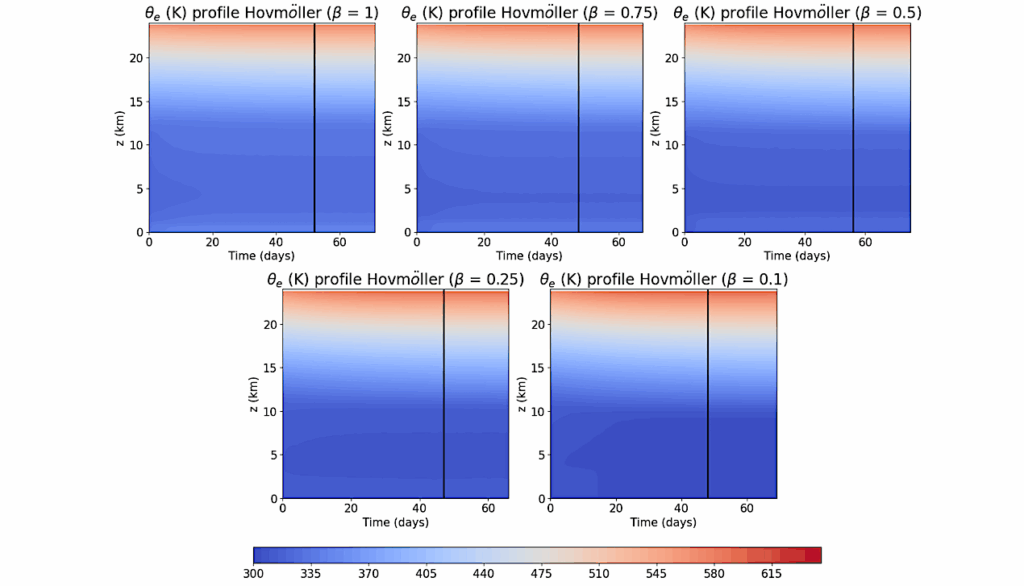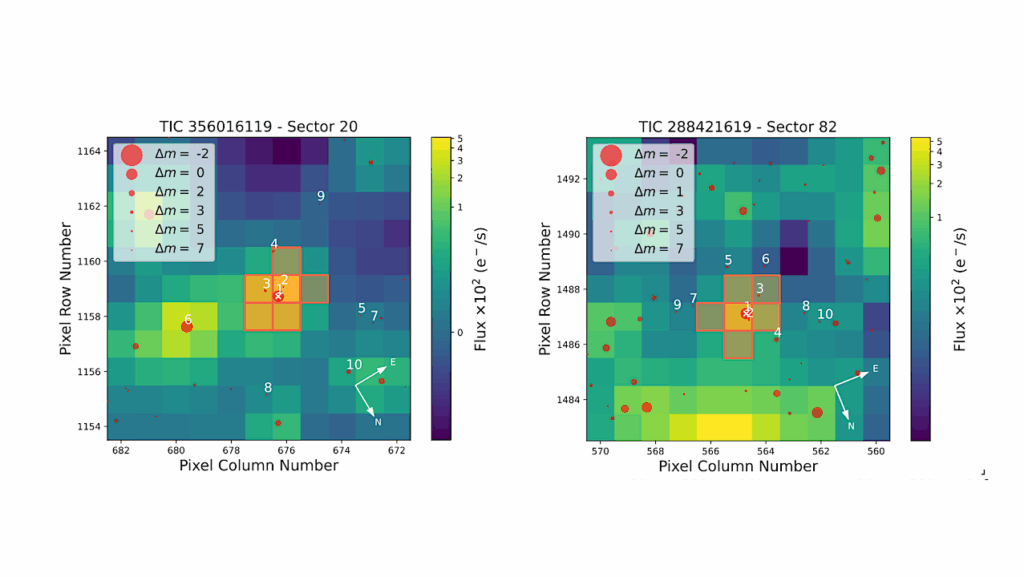Stratospheric Dayside-to-nightside Circulation Drives The 3-D Ozone Distribution On Synchronously Rotating Rocky Exoplanets

Determining the habitability and interpreting future atmospheric observations of exoplanets requires understanding the atmospheric dynamics and chemistry from a 3-D perspective.
Previous studies have shown significant spatial variability in the ozone layer of synchronously rotating M-dwarf planets, assuming an Earth-like initial atmospheric composition. We use a 3-D Coupled Climate-Chemistry model to understand this distribution of ozone and identify the mechanism responsible for it.
We document a previously unreported connection between the ozone production regions on the photochemically active dayside hemisphere and the nightside devoid of stellar radiation and thus photochemistry.
We find that stratospheric dayside-to-nightside overturning circulation can advect ozone-rich air to the nightside. On the nightside, ozone-rich air subsides at the locations of two quasi-stationary Rossby gyres, resulting in an exchange between the stratosphere and troposphere and the accumulation of ozone at the gyre locations.
We identify the hemispheric contrast in radiative heating and cooling as the main driver of this ozone circulation. Dynamically-driven chemistry also impacts other tracer species in the atmosphere (gaseous and non-gaseous phase) as long as chemical lifetimes exceed dynamical lifetimes. These findings illustrate the 3-D nature of planetary atmospheres, predicting spatial and temporal variability that will impact spectroscopic observations of exoplanet atmospheres.
Marrick Braam, Paul I. Palmer, Leen Decin, Maureen Cohen, Nathan J. Mayne
Comments: 13 pages, 12 figures, submitted to MNRAS
Subjects: Earth and Planetary Astrophysics (astro-ph.EP)
Cite as: arXiv:2306.03004 [astro-ph.EP] (or arXiv:2306.03004v1 [astro-ph.EP] for this version)
Submission history
From: Marrick Braam
[v1] Mon, 5 Jun 2023 16:14:32 UTC (2,281 KB)
https://arxiv.org/abs/2306.03004
Astrobiology








